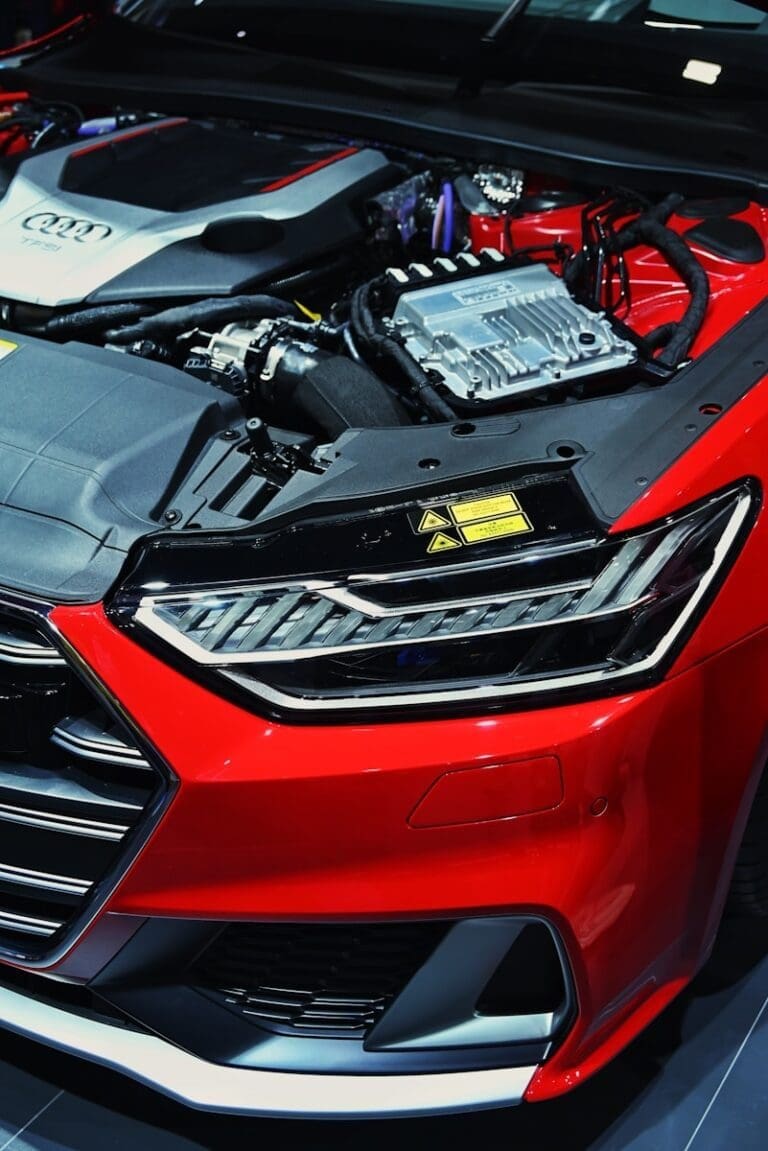Your diesel won’t start and the dash shows an AdBlue warning? Modern engines depend on this urea-based fluid to cut NOx emissions, but an empty tank or a faulty sensor can leave you stranded. Follow these steps to diagnose and fix AdBlue issues—and get back on the road without delay.
1. Understand Why AdBlue Matters
Table of Contents
ToggleAdBlue is pumped into your exhaust stream to convert nitrogen oxides into harmless nitrogen and water vapour. If the tank runs dry or the system detects a fault, the ECU may restrict starting or throttle response to protect emissions hardware. That lockout can feel like a flat battery—but it’s a software safeguard.
2. Check the AdBlue Level
First, confirm if your tank is empty:
- Park on level ground with the engine off.
- Open the bonnet or fuel flap and find the AdBlue filler cap (often blue).
- Use the dipstick or your vehicle’s onboard menu to view the AdBlue gauge.
If the level is low or shows zero, top up with branded AdBlue fluid—never pour diesel or water into this tank.
3. Refill AdBlue Safely
Follow these simple refill steps:
- Wear gloves—AdBlue can irritate skin.
- Use a clean funnel designed for AdBlue to avoid contamination.
- Pour until the gauge reads at least 10% full.
- Start the engine and let it idle for 2–3 minutes to allow the ECU to sense the new fluid level.
Many drivers leave a small spare bottle in the boot—especially on long trips or winter days when sensors can fault more often.
4. Reset the AdBlue System
After refilling, the warning light may stay on until you reset the system:
- Turn the ignition key to position II (don’t start the engine).
- Press and hold the trip reset button for 10 seconds.
- Release, then start the engine—the warning should clear.
If your car has a menu-driven ECU interface, check the owner’s handbook for the specific reset procedure.
5. Inspect for Leaks or Sensor Faults
If topping up didn’t help, you may have a leak or a bad sensor:
- Look under the vehicle for crystal-like AdBlue drips—these indicate a cracked pipe or seal.
- Open the filler cap and smell for ammonia—a sign of system leaks.
- Fault codes like P20EE or P20EF point to sensor errors; you’ll need an OBD scan tool for details.
We use CMD Flash diagnostics and live data checks to pinpoint AdBlue sensor faults quickly.
6. When to Seek Professional Help
Some AdBlue issues you can’t solve at home:
- Cracked injector or pump—requires fluid system bleed and part replacement.
- Faulty dosing module—needs bench testing and calibration.
- Persistent ECU lockout—even after correct refill and reset.
Our Hanley workshop offers full diagnostic scans and AdBlue system repairs. We secure and clear fault codes, then verify your emissions system passes the next MOT.
7. Prevent Future AdBlue Problems
Keep your system healthy with these tips:
- Refill when the gauge hits 20%—avoid the critical empty zone.
- Store AdBlue bottles in a cool, dark place; heat degrades the fluid.
- Have filters in the AdBlue line changed every 60,000 miles.
- Run an annual OBD check to spot early sensor drift or pressure loss.
8. Related Services and Links
- DPF Cleaning — clear soot blocking your emissions system.
- ECU Remapping — update software if repeated no-start lockouts occur.
- Remap Calculator — see how a fresh tune complements clean emissions.
- Economy Remaps — smoother combustion can reduce DPF and AdBlue strain.
Summary Checklist
| Step | Action |
|---|---|
| 1 | Check AdBlue level |
| 2 | Refill with branded AdBlue |
| 3 | Reset system via trip button or menu |
| 4 | Inspect pipes, seals and sensors |
| 5 | Book professional diagnostics if issue persists |
Stuck again? Call us on 074040 22260 or email info@proremapping.com to arrange a full AdBlue system check and get moving fast.



